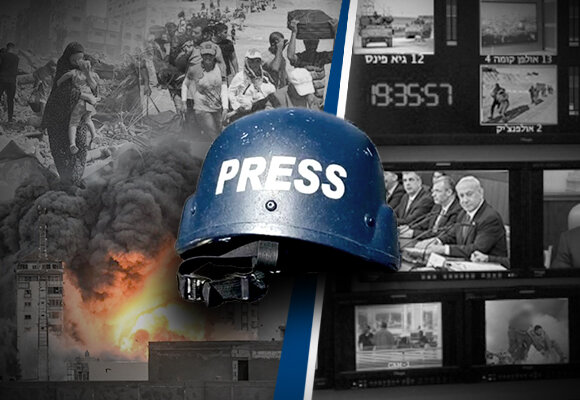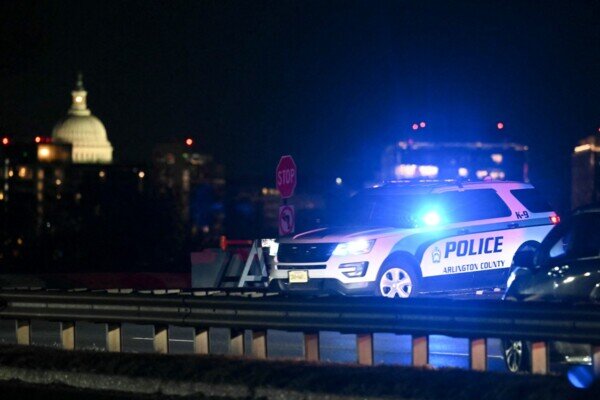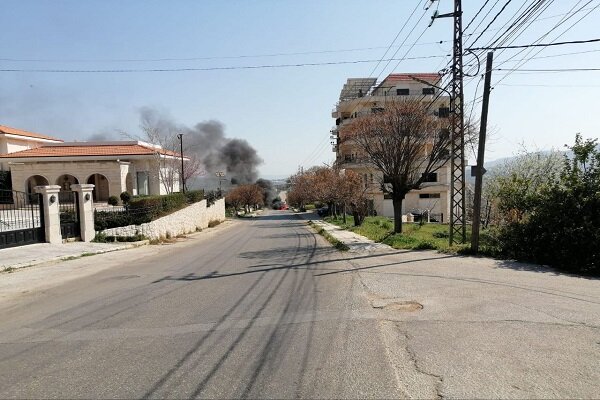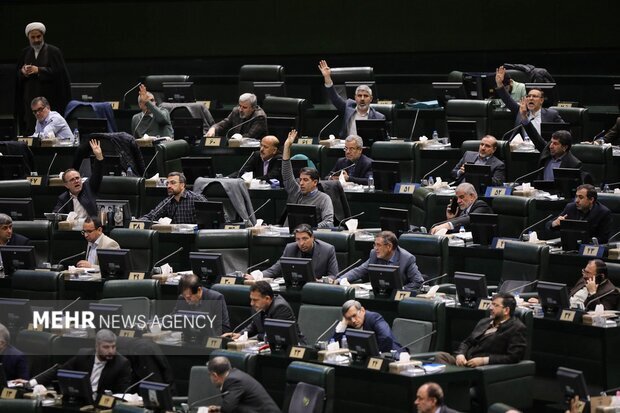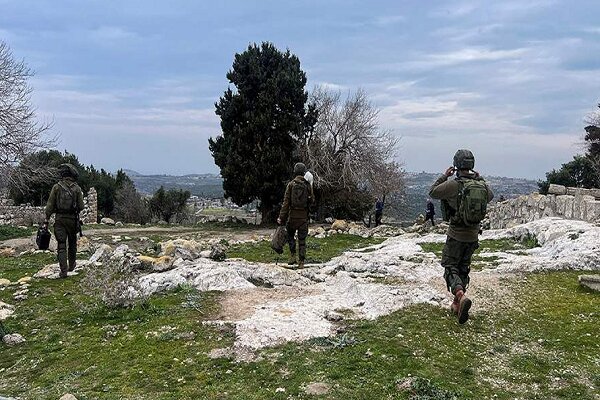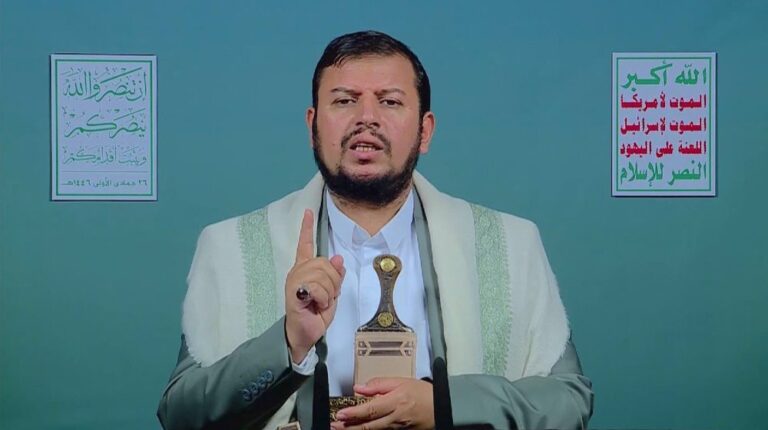Escalating Gaza Media Blackout: Israeli Airstrikes Claim Lives of Five More Journalists
In recent months, the killing of journalists in Gaza has escalated to alarming levels, marking a tragic chapter in the history of press freedom. A recent report from the Palestine Chronicle reveals that five more journalists have died due to Israeli airstrikes, bringing the confirmed total to at least 219 Palestinian journalists and media workers as of May 19, 2025. This disturbing trend is not an isolated incident but part of a broader pattern of violence against media personnel that began on October 7, 2023. As a result, Gaza has become one of the most dangerous places in the world for journalists, surpassing the casualty figures from both World Wars, Vietnam, Yugoslavia, and Afghanistan combined.
The systematic targeting and killing of journalists in Gaza represent not just a humanitarian crisis, but also a direct assault on global press freedom and the right to information. This situation demands urgent attention from the international community.
Systematic and Targeted Attacks
Leading press freedom organizations, including the Committee to Protect Journalists (CPJ), Reporters Without Borders (RSF), and the International Federation of Journalists (IFJ), have gathered substantial evidence indicating that the targeting of journalists in Gaza is intentional, rather than incidental. The harsh reality is that many reporters have been killed in direct assaults on marked press vehicles or even in the safety of their own homes. Entire media offices and communication hubs have been destroyed, significantly impairing Gaza’s capacity to report on the ground.
- Approximately 10% of journalists based in Gaza have been killed—a staggering fatality rate compared to other professions.
- Reports indicate that entire media infrastructures have been obliterated.
- Despite growing international concern, Israel’s claims that these journalists are linked to militant groups remain largely unsubstantiated.
As Sherif Mansour of CPJ remarked, “The Israeli army has killed more journalists in 10 weeks than any other army or entity has in any single year… With every journalist killed, the war becomes harder to document and to understand.”
International Response
The international community has begun to respond, with vocal criticism emerging from the United Nations and prominent human rights organizations. UN Secretary-General António Guterres and the Office of the High Commissioner for Human Rights (OHCHR) have described the journalist death toll in Gaza as “unprecedented” in modern history.
Legal actions have also been initiated, with both RSF and the IFJ submitting cases to the International Criminal Court (ICC). In May 2024, the ICC’s chief prosecutor sought arrest warrants against senior Israeli officials for alleged war crimes related to the targeting of journalists.
Over 30 international news organizations have publicly demanded stronger protections for journalists and the establishment of independent investigations into these tragic events. Meanwhile, humanitarian groups continue to provide emergency supplies to the surviving reporters in Gaza, but the challenges they face remain significant.
Israel’s restrictions on foreign journalists entering Gaza have left local reporters particularly vulnerable and cut off from external support.
Impact on Journalism and Society
Each journalist’s death is not merely a statistic; it represents a loss of a witness, a story, and a crucial piece of truth. The systematic targeting of media workers has resulted in a near-total information blackout in Gaza, making it exceedingly difficult for the world to grasp the full scope of the humanitarian crisis.
As Carlos Martinez de la Serna from CPJ stated, “Every time a journalist is killed, injured, arrested, or forced to go to exile, we lose fragments of the truth. Those responsible for these casualties face dual trials: one under international law and another before history’s unforgiving gaze.”
The destruction of Gaza’s media infrastructure and the loss of numerous journalists have severely weakened civil society, diminished government accountability, and left future generations without access to independent local journalism. This blackout further complicates humanitarian coordination and emergency responses, endangering civilian lives and exacerbating the crisis.
Conclusion
The staggering number of journalists killed in Gaza underscores a growing crisis—not only for press freedom but for the world’s access to truth. As reporters are intentionally targeted and silenced, the flow of firsthand information from the ground is being obstructed. This situation is not just a local tragedy; it poses a significant threat to journalism globally.
The near-collapse of Gaza’s media landscape has stripped the conflict of transparency and deprived civilians of a vital voice. This is more than a warzone; it’s a place where truth is being buried.
If the global community does not take decisive action to demand justice and implement protections for journalists, this lethal trend will persist. Holding those responsible accountable is not just necessary; it is imperative. Because if the truth is buried here, it can be buried anywhere.
